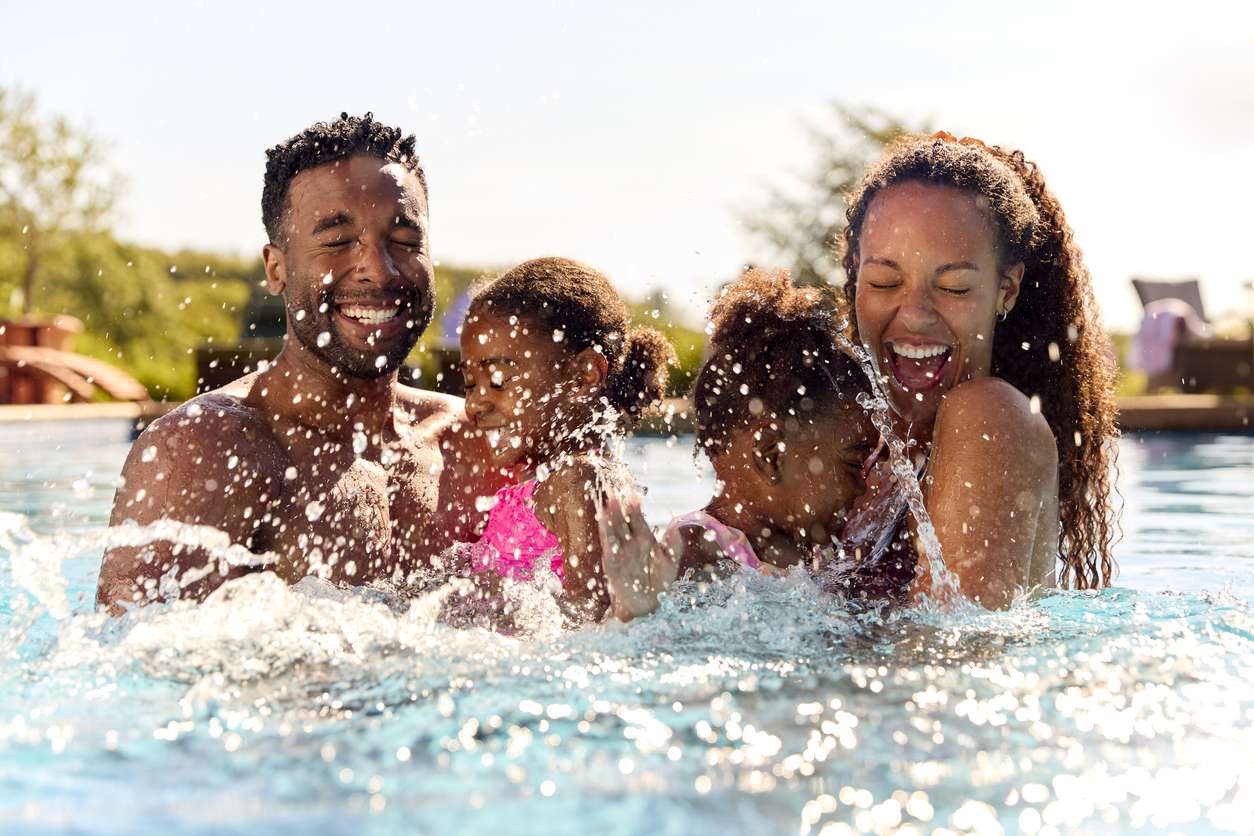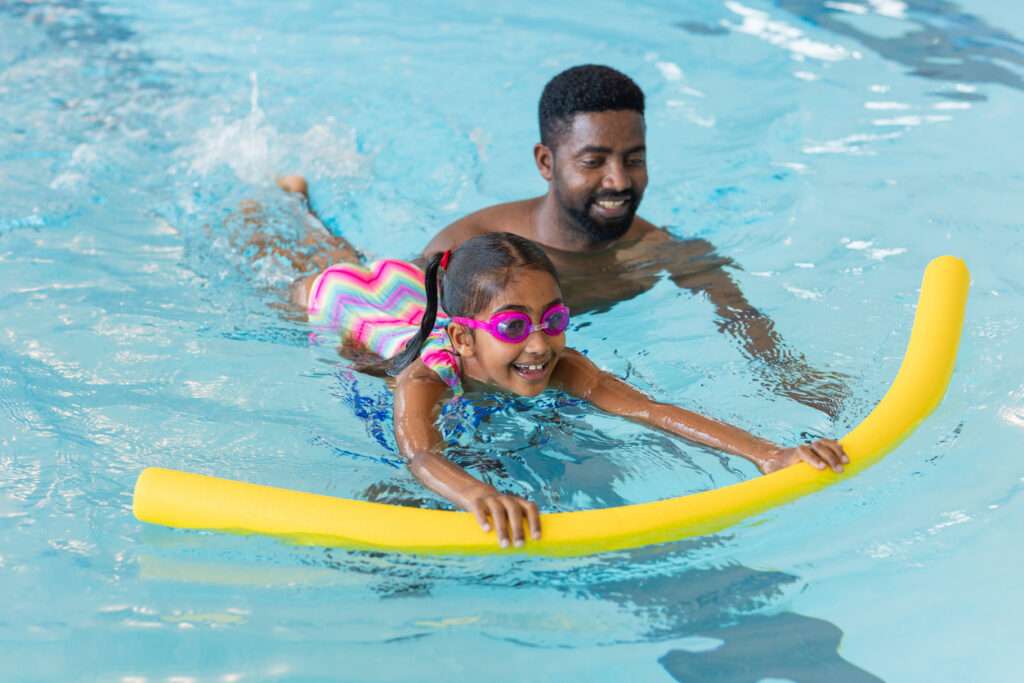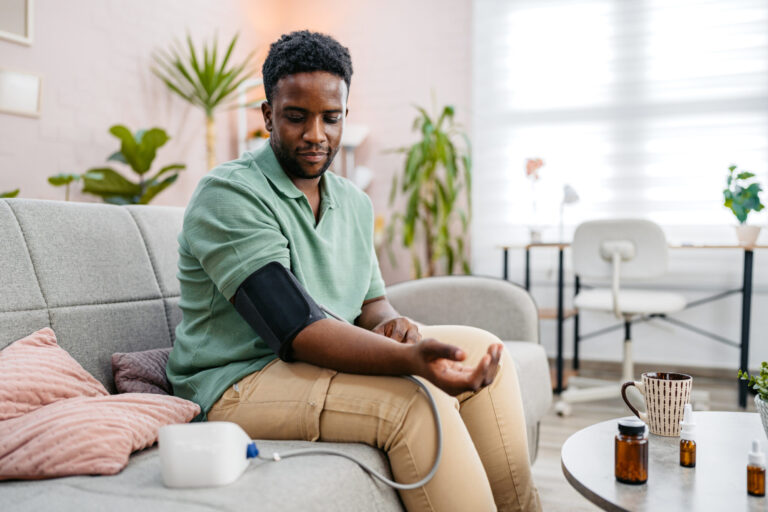It’s that time of year when people of all ages are going to the pool to cool off from the summer heat. But’s it’s also important to make note of the drownings that happen every single year.
Here are some startling key statistics to be aware of:
- Drowning Rates:
– According to the World Health Organization (WHO), drowning is the third leading cause of unintentional injury death worldwide, accounting for 7% of all injury-related deaths.
– In the United States, the Centers for Disease Control and Prevention (CDC) reports that about 3,960 fatal unintentional drownings occur each year, including boating-related drownings—an average of 11 deaths per day.
– For every child who dies from drowning, another eight receive emergency department care for nonfatal drowning incidents. - Age and Drowning Risk:
– Children aged 1-4 have the highest drowning rates, with most incidents occurring in home swimming pools.
– Among individuals aged 15-24, drowning is the second leading cause of unintentional injury death after motor vehicle crashes. - Gender Disparities:
– Males are at a higher risk of drowning than females. The CDC reports that nearly 80% of people who die from drowning are male. - Swimming Ability and Supervision:
– Lack of swimming ability is a significant risk factor for drowning. Formal swimming lessons can reduce the risk of drowning among children aged 1-4 years.
– The absence of barriers, such as pool fencing, increases the risk of drowning. Proper supervision and barriers can prevent many drowning incidents. - Alcohol Use:
– Alcohol use is involved in up to 70% of deaths associated with water recreation and about 20% of boating deaths. - Location of Drownings:
– For children under the age of 5, most drownings occur in home swimming pools.
– For individuals aged 15 and older, drowning more commonly occurs in natural water settings, such as lakes, rivers, and oceans. - Nonfatal Drownings:
– Nonfatal drownings can result in severe brain damage and long-term disabilities. The CDC estimates that for every fatal drowning victim who is a child, another eight receive emergency care for nonfatal drowning.
These statistics underscore the critical need for preventive measures, including learning to swim, constant supervision, using life jackets, avoiding alcohol while swimming or supervising swimmers, and implementing safety barriers around water.
It’s important to follow safety guidelines to prevent accidents and injuries. Here are some essential swim safety tips you and your loved ones can follow:
- Learn to Swim (really learn): Ensure that everyone, especially children, learns to swim well. Enroll in swimming lessons, if necessary.
- Supervision: Always supervise children closely when they are in or near water. Designate a responsible adult to watch over swimmers.
- Swim in Designated Areas: Swim in areas supervised by lifeguards whenever possible. Pay attention to beach or pool rules and warnings.
- Use Life Jackets: Non-swimmers and inexperienced swimmers should wear U.S. Coast Guard-approved life jackets. Water wings and inflatable toys are not substitutes for life jackets.
- Avoid Alcohol: Do not consume alcohol when swimming or supervising swimmers. Alcohol impairs judgment, balance, and coordination.
- Stay Within Depth Limits: Swim within your abilities and stay in areas that match your skill level. Do not venture into deep or unfamiliar waters.
- Buddy System: Swim with a buddy, never alone. Even experienced swimmers can encounter emergencies that require help.
- Learn CPR: Knowing CPR can be lifesaving in the event of an emergency. Take a certified CPR course to be prepared.
- Be Aware of Weather Conditions: Avoid swimming during bad weather, especially thunderstorms. Get out of the water immediately if you hear thunder or see lightning.
- Enter Water Feet First: Avoid diving into water unless the area is clearly marked for diving and you know the depth. Enter water feet first to prevent head and spinal injuries.
- Watch for Currents: In open water, be aware of currents and tides. If caught in a rip current, swim parallel to the shore until you are free, then swim back to shore.
- Take Breaks: Avoid fatigue by taking regular breaks. Prolonged swimming without rest can lead to muscle cramps and exhaustion.
- Hydration and Sun Protection: Stay hydrated and use sunscreen to protect against sunburn, even when in the water.
By following these safety tips, you can help ensure a fun and safe swimming experience for everyone. Have a great summer!









